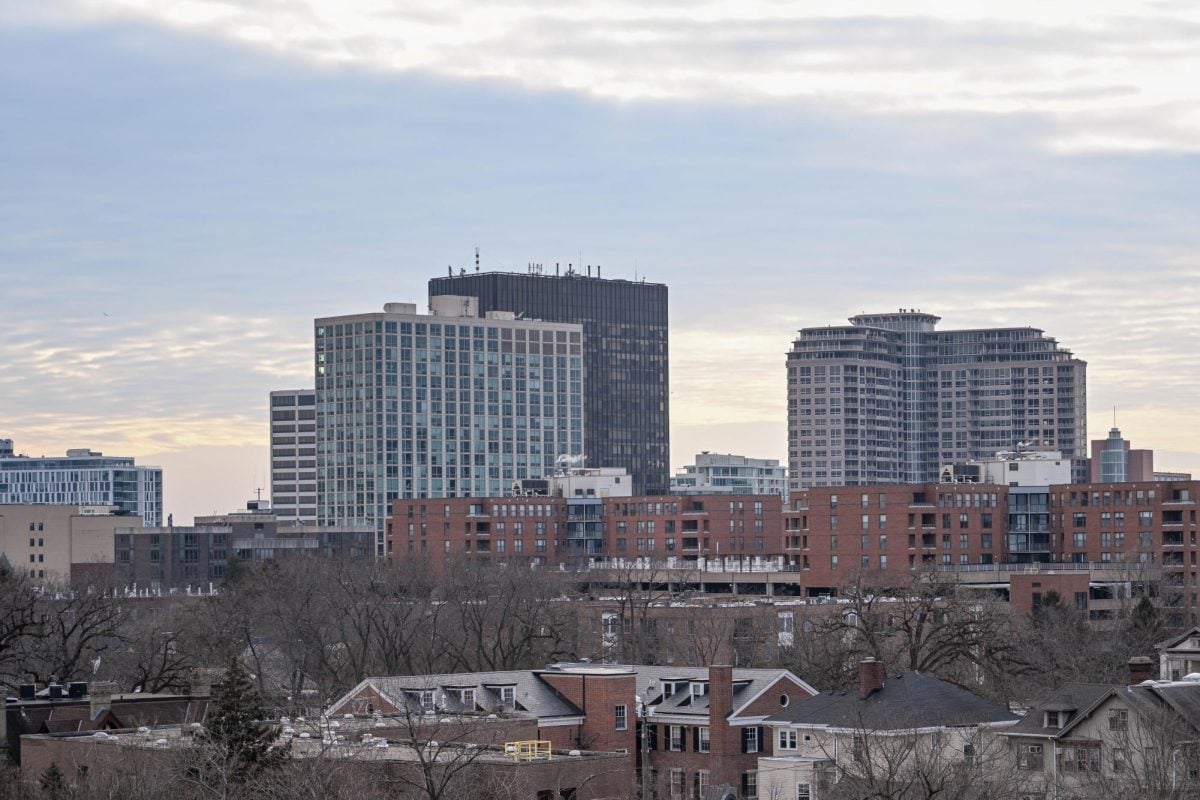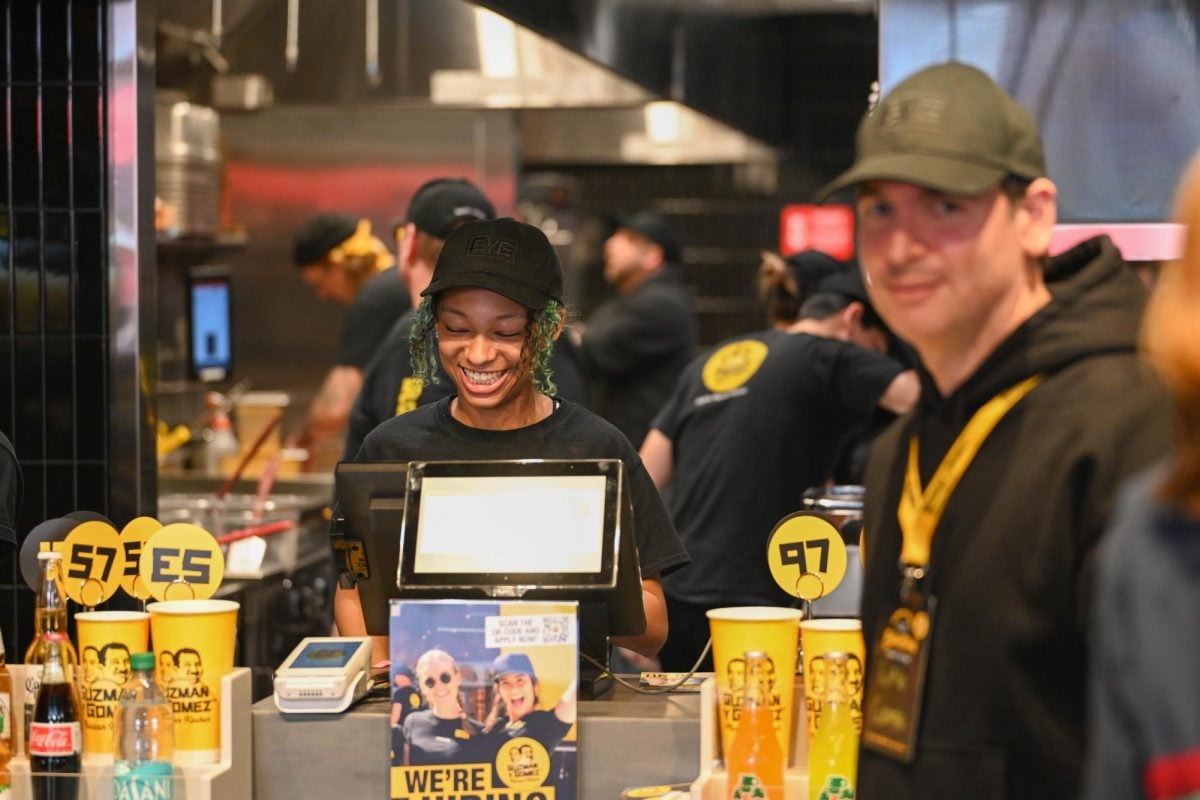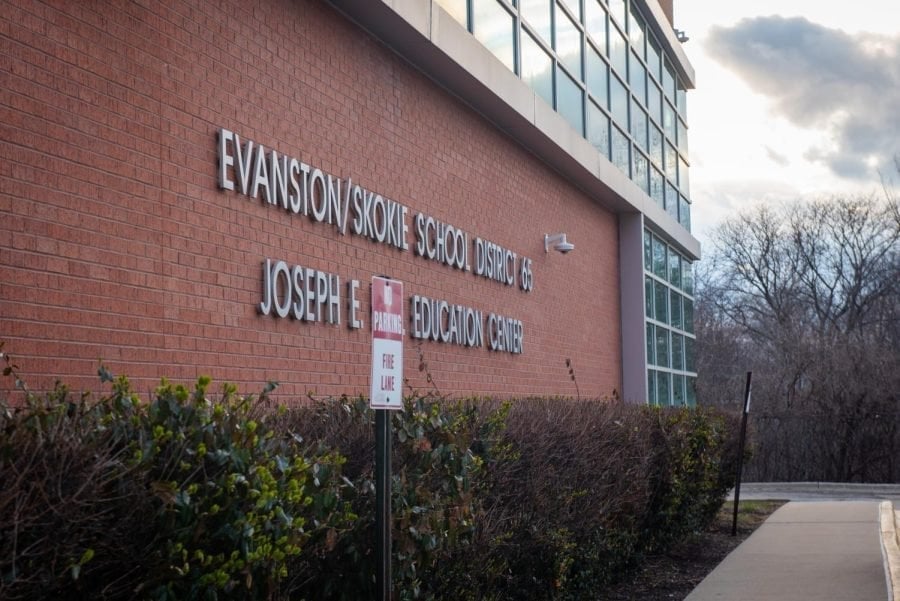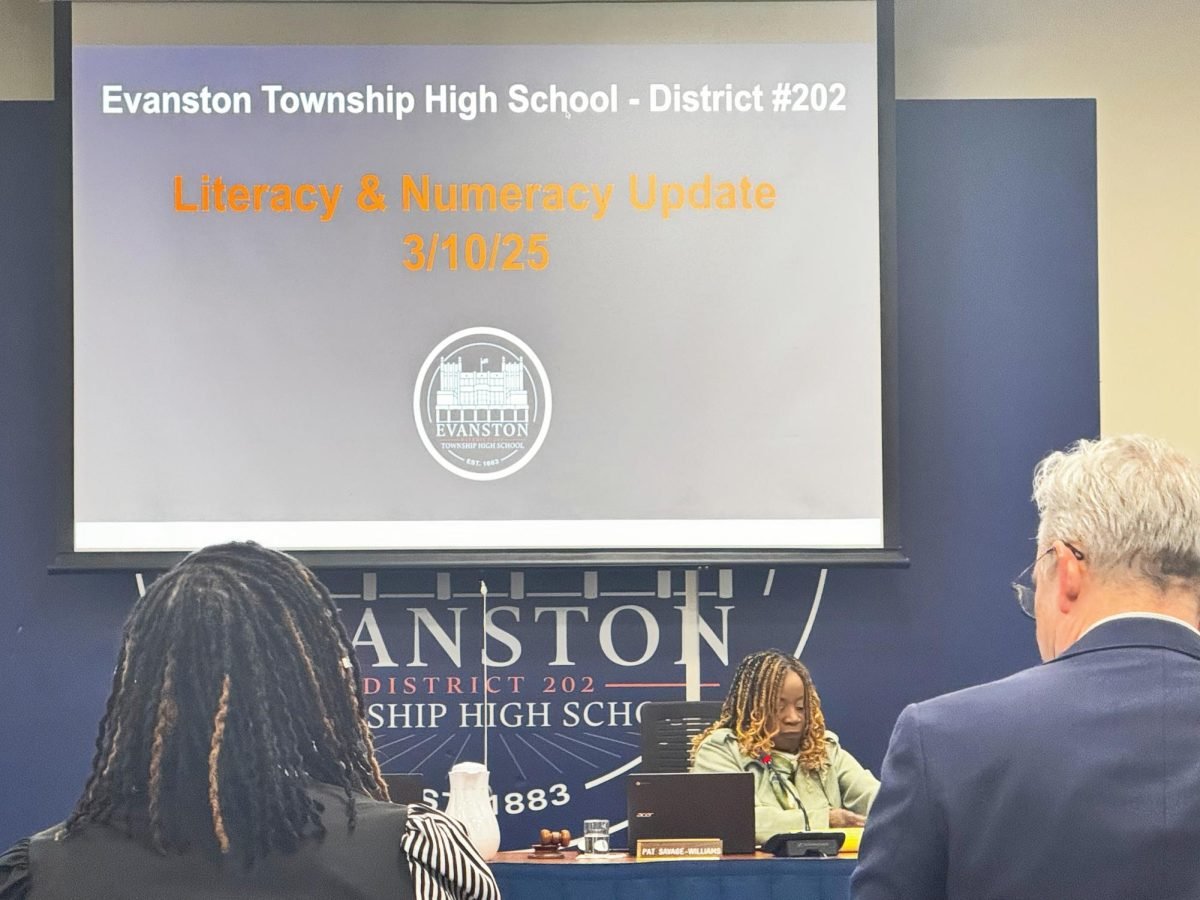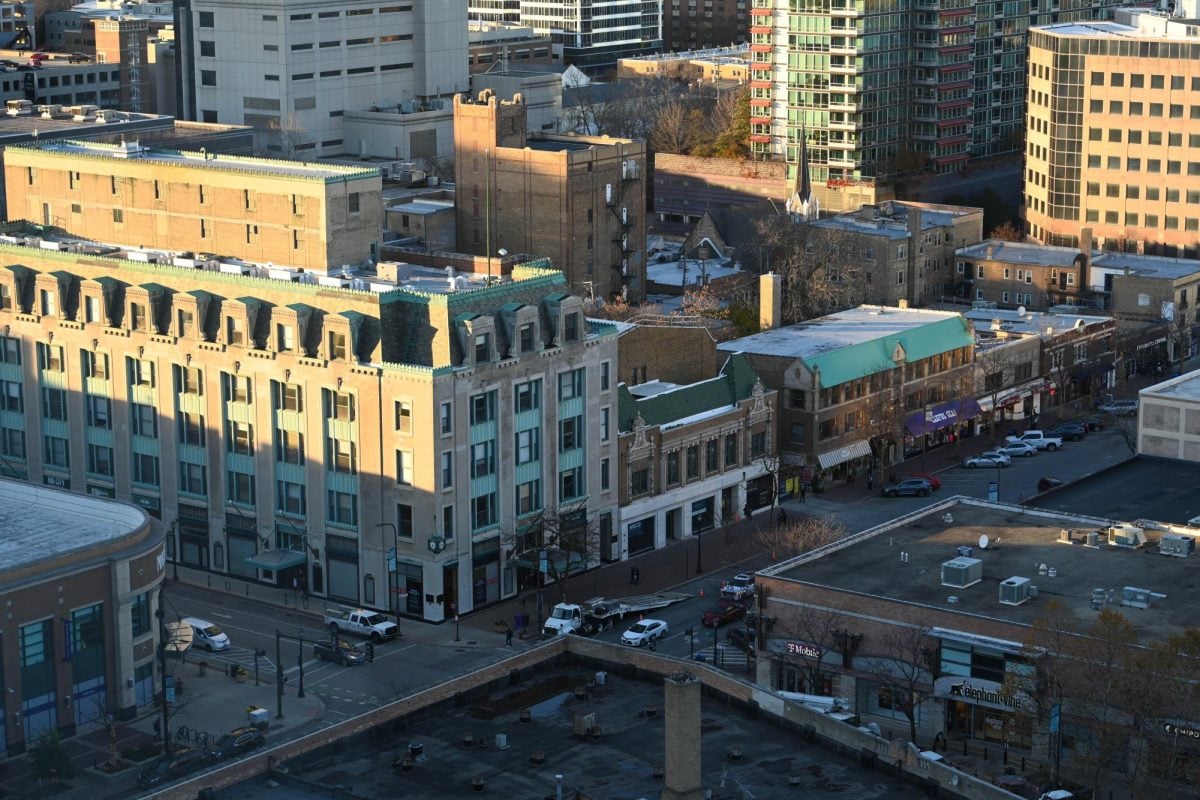The office vacancy rate in downtown Evanston recently hit 18.9%, reflecting new office space additions to the commercial real estate market, the city’s Economic Development Manager Paul Zalmezak said.
Yet a high office vacancy rate — a feature of many American downtowns after the COVID-19 pandemic — is a direct indicator of poor economic health. It creates a cycle of rising property taxes that reduce consumers’ disposable income, which subsequently discourages people from spending money on retail, according to Chicago-based brokerage Tenant Advisory Group.
Still, Zalmezak said Evanston has a better grip on the post-pandemic business landscape.
“We’re at a point now where we kind of understand where businesses are going to be, and I think the office landlords have a better sense for what’s next,” he said.
In November 2023, the downtown vacancy rate was 12.6%, reflecting a gradual increase from the previous quarter.
This number was reported by CoStar Group, a Chicago-based provider of real estate data that Zalmezak has referred to for the last 13 years. He said CoStar reported that office vacancy in downtown Evanston now stands at 18.9%.
Downtown has also seen its share of new developments such as Evanston Labs, which may have contributed to the rise. The high-rise office and lab complex signed its first tenants in November, according to the developer Trammell Crow Company, and have not yet announced occupancy on the remaining floors.
In downtown Chicago, CoStar reported that the total office vacancy rate hit a record-breaking 21.3% in November 2024.
Vermilion Development Managing Director Kerry Dickson worked on the 31-story 605 Davis St. proposal and said one of the advantages of transforming retail space into apartments is to draw consumers back to downtown businesses.
“One of the ways to replace the vacant office workers is with residential development,” he said. “You have people that are living downtown that kind of fill in that hole of having lunch, going to shop.”
Dickson said Vermilion chose that location in part because of its proximity to Fountain Square, the lakefront and train stations.
Andy Vick, the executive director of Downtown Evanston, said he sees businesses slowly returning to pre-pandemic productivity, creating an uptick in consumption.
“In a post-pandemic world, there’s still a lot of churn happening,” he said. “Although, in a general sense, we’re adding more businesses than we’re losing, which is a good thing. Businesses are moving, opening up new places.”
On Jan. 20, President Donald Trump released a memorandum mandating federal workers to return to in-person work, which Vick said may also reduce the rate of office vacancies.
The reality of a two- or three-day in-person work week means nearby restaurants do not make the same revenue as before the pandemic. When 30,000 daytime employees were working within half a mile of Sherman Avenue and Church Street, Zalmezak said breakfast, luncheons and happy hours fueled the downtown economy.
Vick said Downtown Evanston is focusing on what it can control: finding ways to encourage people to shop and dine in the city, as well as upgrading the physical environment with new foliage and trash receptacles.
“We’re focusing on how we bring more people to downtown from not only our own community, but from other nearby communities as well,” he said.
However, Zalmezak also pointed out that residential districts like Central Street, Main Street and Dempster Street are holding up well because of the number of people running errands at their local grocery stores and coffee shops.
Despite recent building developments, Zalmezak said the city’s downtown area will need some time to inch its way out of the pandemic’s economic hit.
“We’re still looking at, you know, a three- to five-year timeline to really get this stabilized,” he said. “It’s going to take a lot.”
Email: claramartinez2028@u.northwestern.edu
Related Stories:
— Rising office vacancies show warning signs for downtown Evanston
— Mixed signals for downtown Evanston as retailers enter new year
— ‘A difference of philosophy’: leaders consider two visions for downtown Evanston’s future


